Sakakibara Onsen, known as one of Japan's top three hot springs, Yumoto Sakakibarakan
掲載日:2013.06.05
We covered the Sakakibara Onsen hot spring Sakakibarakan! The famous Sakakibara Onsen, which was mentioned in Sei Shonagon's ``The Pillow Book'' as ``Nichiguri no Yu,'' is known as one of Japan's top three hot springs. This time, we will mainly introduce dishes that will be available from July, as well as new accommodation plans.
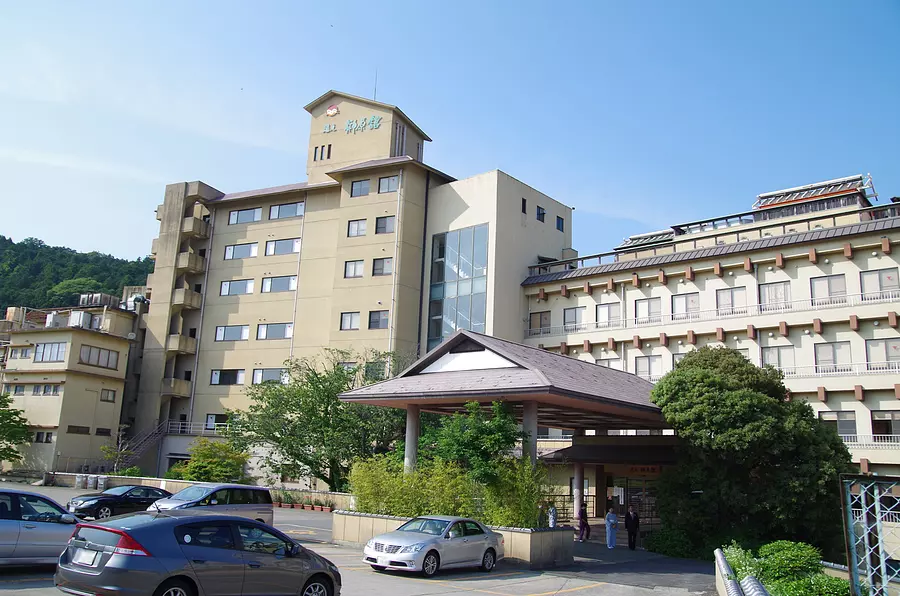
The photo shows the exterior. The interior was well maintained and gave a very good impression. The entrance to the building was beautifully decorated with strips of paper for July.
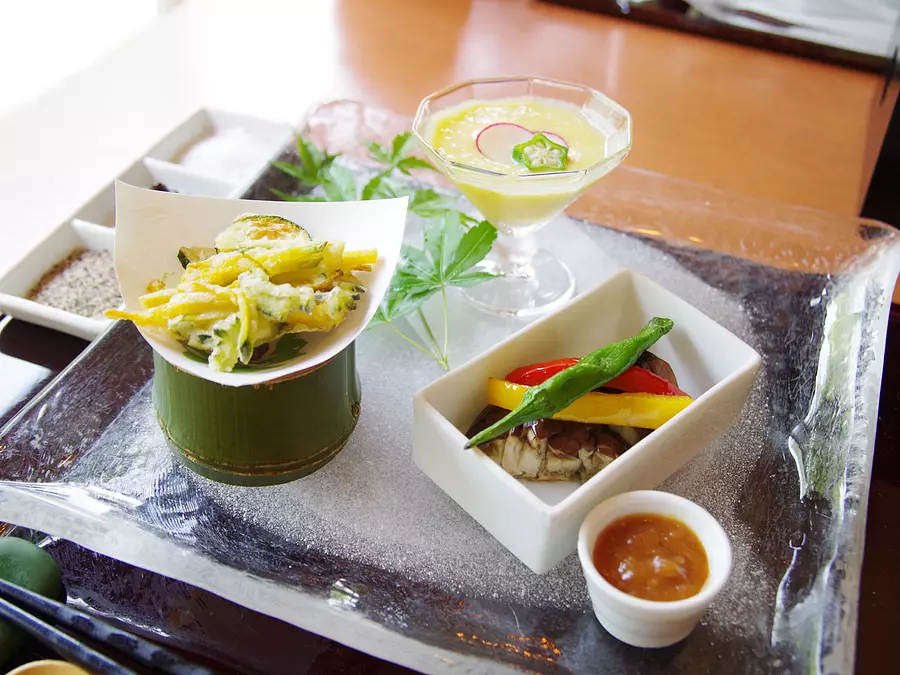
First of all, after the aperitif, the appetizers are kakiage of vegetables, corn suribashi, eggplant dengaku, paprika, and sweet shishito peppers. Brightly colored vegetables were lined up on cool bowls ready for summer. You can enjoy not only the taste but also the appearance.
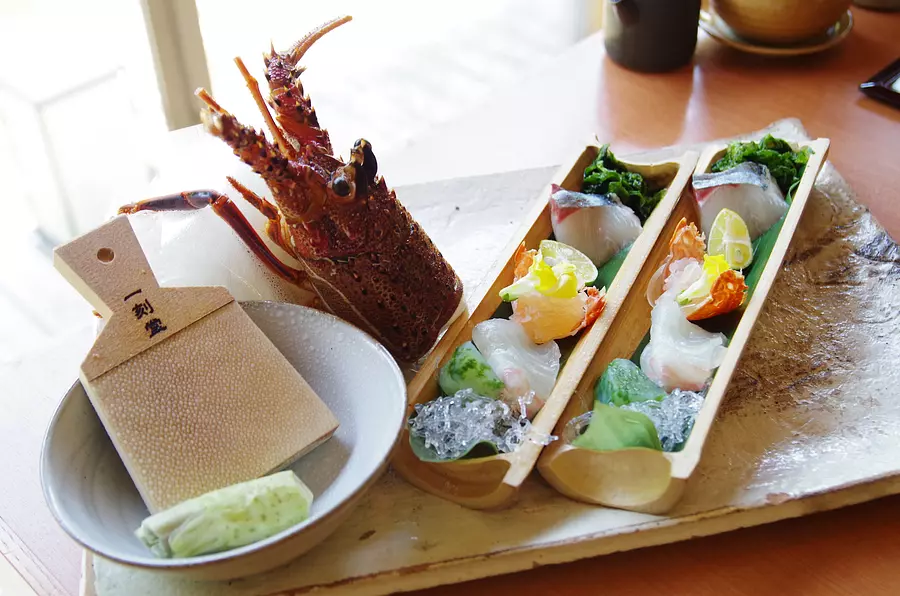
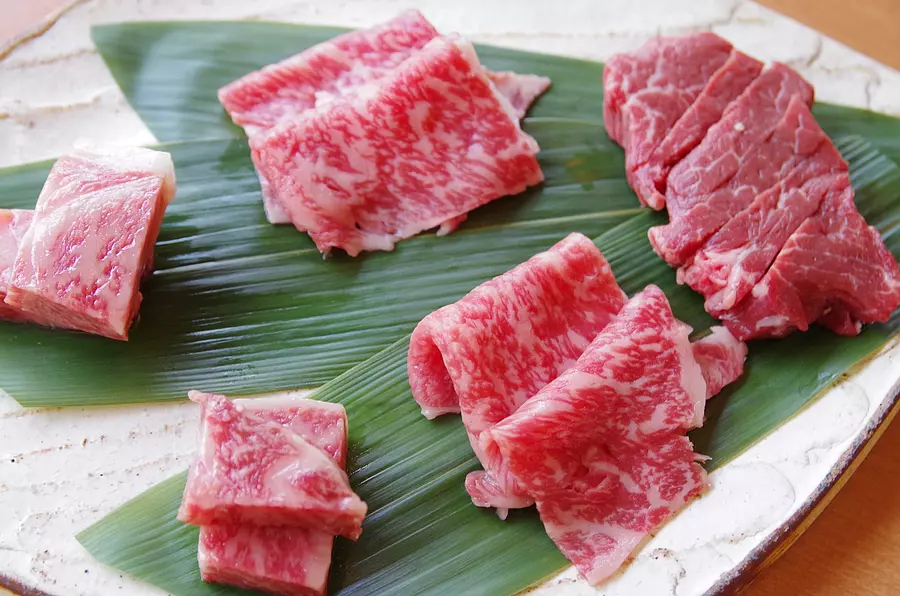
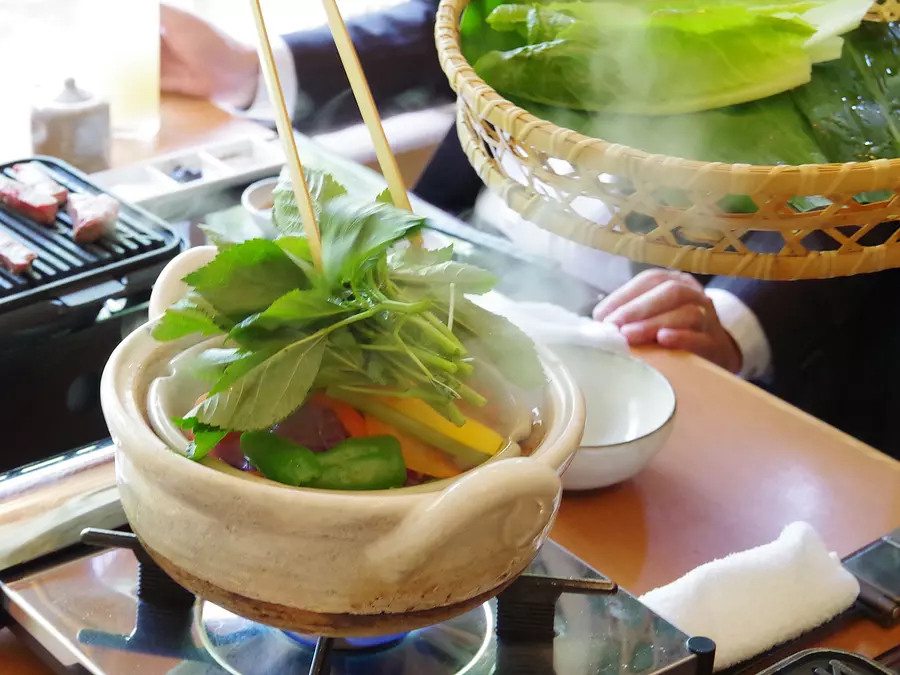
This was followed by pot-cooked rice and lobster miso soup.
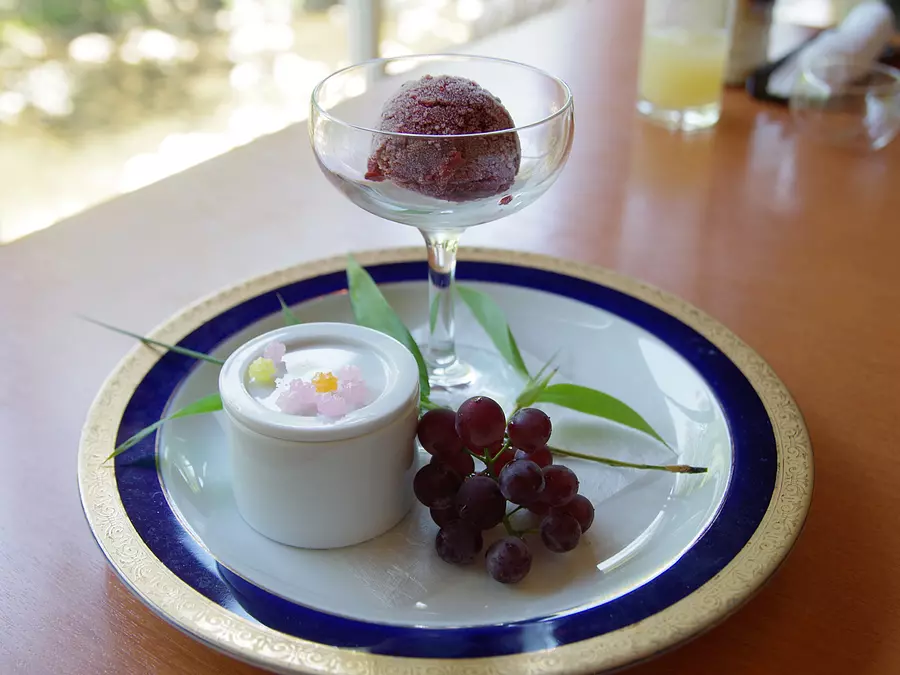
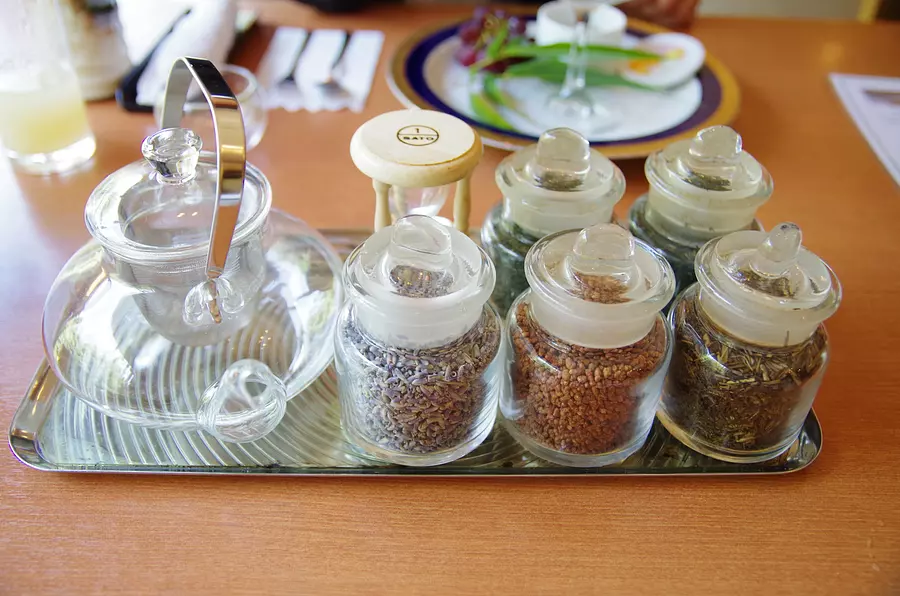
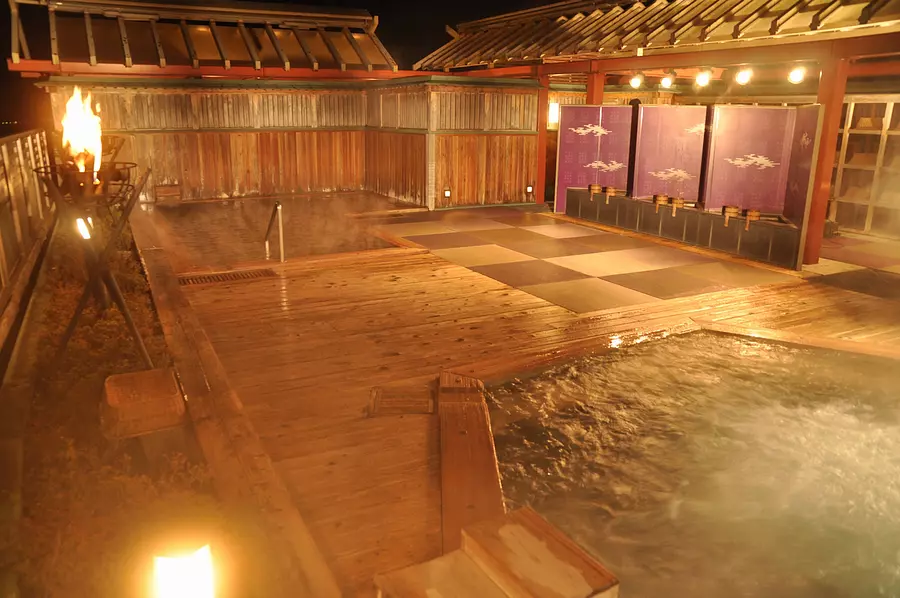
The photo is of the open-air bath with a view, "Tenga."
http://www.yumoto-sakaki.co.jp/spaeffect.html
During June, we also hold a firefly lighting ceremony at Sakakibara Onsen.
http://www.sakakibaraonsen.gr.jp/cgi-bin/info.cgi#167
Eating delicious food and soaking in the famous hot springs will soothe your daily fatigue. Please come and visit us.
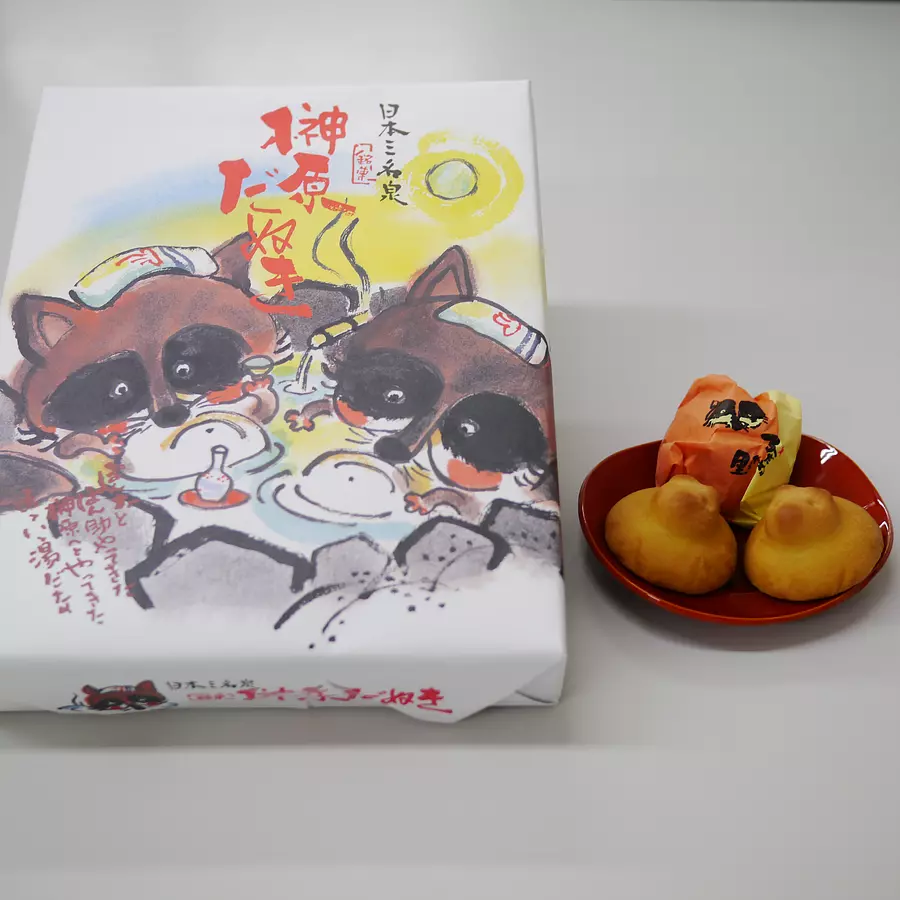
*The information posted is as of June 2013.
| Category | |
|---|---|
| season | |
| area |
Related spots
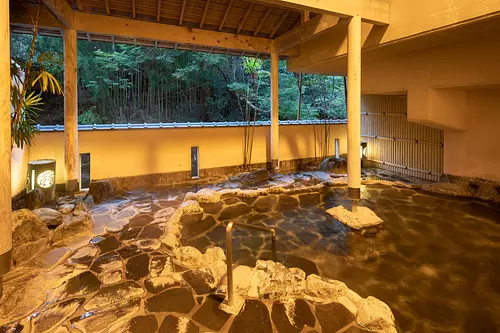
Yumoto Sakakibarakan
Chunan group
TsuCityThis is the only inn in Sakakibara Onsen, the area known for Ise-san baths, that has a hot spring source on its premises. Located in the mountains and riverside at the foot of AoyamaPlateau National Park, it is a quiet and perfect place for rest. In addition to staying overnight and having dinner, you can also enjoy a day trip to the hot springs. In addition to steamed vegetables using hot spring water, we also offer hometown kaiseki cuisine with a theme of beauty and health.
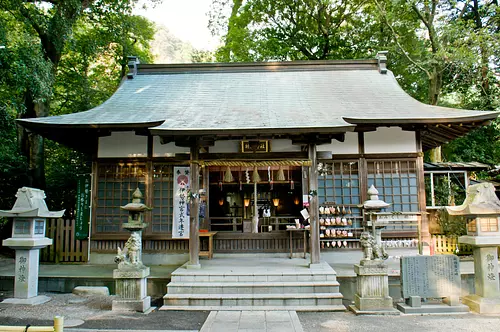
yagami
Chunan group
TsuCityAt the foot of Mt. Kaiishi, surrounded by large cedar trees, is yagami. Long ago, it was enshrined at the 8th station of Mt. Kaiishi, but it is said to have been moved to its current location during the Azuchi-Momoyama period. Across the road is the hand-washing area ``Chomeisui'' (also known as ``Sakaki no I''), and it is said that during festivals at IseJingu, there was a custom of offering sakaki branches soaked in this water. .



